Samsung is moving forward with its extended reality ambitions, scheduling the Project Moohan XR headset for an October 22 release in South Korea. Pre-registration opens October 15, according to reports from Korean news outlet ChosunBiz. This Android-based device marks Samsung’s first major push into the XR market and directly targets Apple’s Vision Pro.
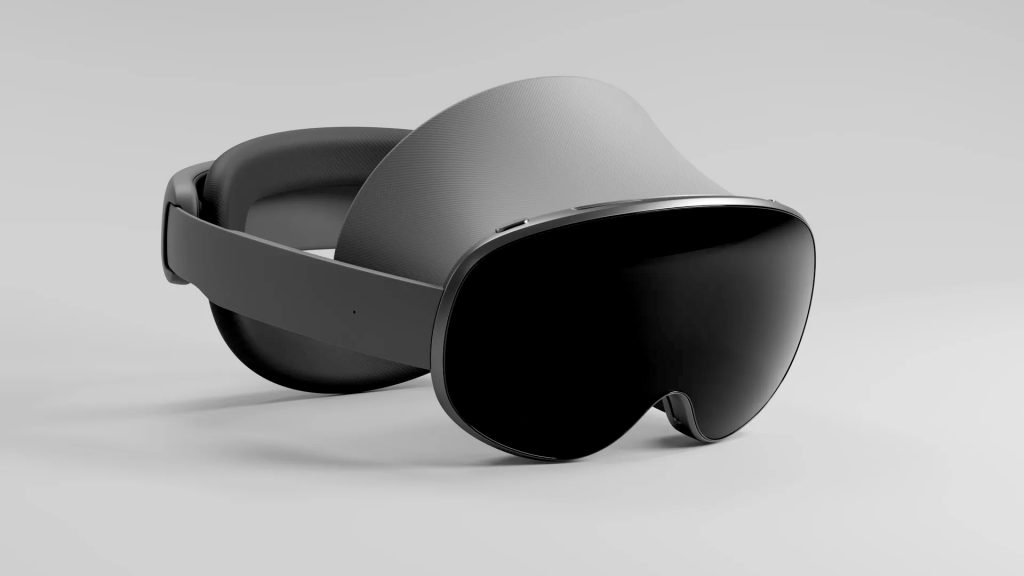
Technical Specifications Put Display Quality Front and Center
The headset, developed through collaboration with Google and Qualcomm, runs on the Snapdragon XR2+ Gen 2 chipset and operates within Google’s Android XR platform. Display technology becomes a key differentiator: the device reportedly incorporates 1.3-inch Sony micro-OLED panels delivering 3552×3840 resolution per eye, translating to approximately 13.64 million pixels per eye—roughly two million more than Apple’s Vision Pro achieves.
Samsung’s pricing strategy aims substantially below Apple’s $3,500 Vision Pro entry point. Project Moohan is expected to retail between $1,800 and $2,900 in the United States, positioning the headset as a premium yet more accessible option in the emerging XR landscape.
The device’s launch follows a strategic delay from its originally targeted September 29 release date. ET News reported Samsung postponed the debut “due to internal coordination of marketing strategy and quality assurance.” Initial production targets approximately 100,000 units, with potential volume adjustments based on market reception.
Integration Strategy Leverages Existing Galaxy Ecosystem
Samsung showcased the headset’s capabilities at Qualcomm’s Snapdragon Summit in Maui, Hawaii, where industry executives from Samsung, Qualcomm, Google, and Microsoft demonstrated their collaborative approach. The device incorporates eye and hand tracking functionality alongside seamless Galaxy ecosystem integration, enabling users to view 3D photos and videos captured on Galaxy smartphones.
Samsung’s strategy extends beyond hardware specifications, tapping into the established Galaxy device ecosystem to create a content pipeline for XR experiences. The company recently added 3D image capture capabilities to Galaxy smartphone cameras, letting users generate spatial content specifically for viewing on the upcoming headset.
The initial rollout concentrates on South Korea, with gradual expansion into additional markets following the domestic launch. This measured approach mirrors Apple’s Vision Pro strategy while maintaining significantly more competitive pricing aimed at accelerating adoption within the premium XR segment.
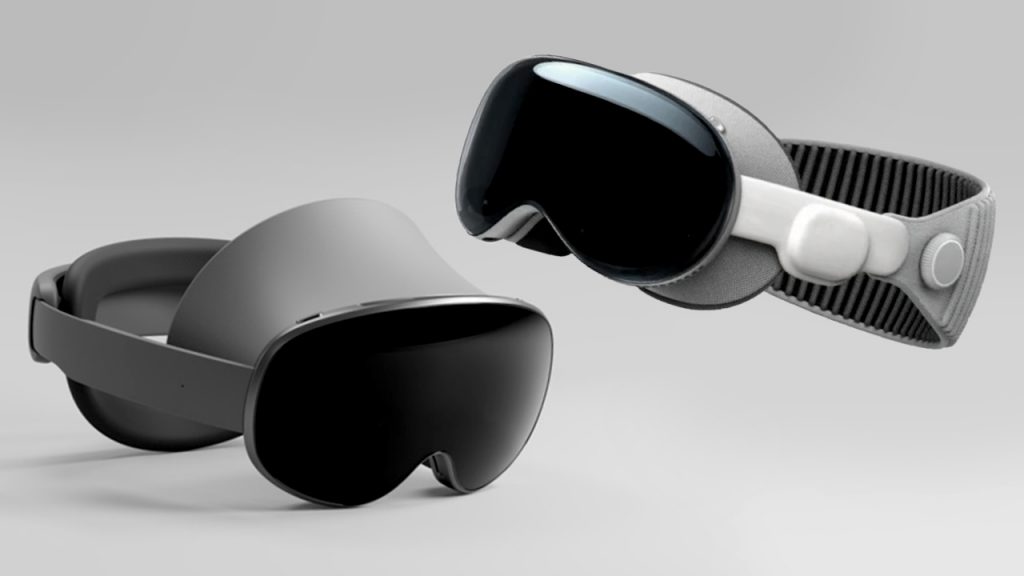
Market Context and Competitive Positioning
The XR headset market remains in its formative stages, with Apple’s Vision Pro establishing initial benchmarks for premium devices while Meta’s Quest line dominates the more affordable segment. Samsung’s entry arrives at a moment when the industry continues searching for the killer application that will drive mainstream XR adoption beyond early adopters and enterprise customers.
Project Moohan’s display specifications suggest Samsung is betting on visual quality as a primary selling point. The higher pixel density compared to Vision Pro could deliver sharper text rendering and reduced screen-door effect—persistent challenges in current-generation headsets that impact extended usage comfort.
The Snapdragon XR2+ Gen 2 processor represents Qualcomm’s latest mobile XR chipset, designed specifically for standalone headsets that don’t require tethering to external computers. Performance capabilities include support for 4.3K resolution per eye at 90fps, which aligns with the reported display specifications Samsung is implementing.
Android XR as a platform brings Google’s ecosystem into the extended reality space, potentially offering developers familiar tools and frameworks for creating XR applications. The platform’s success depends heavily on developer adoption and whether Google can attract the application ecosystem necessary to compete with established players.
Samsung’s phased rollout starting in South Korea allows the company to gather user feedback and refine both hardware and software before facing the scrutiny of larger international markets. This approach reduces risk but also gives competitors additional time to iterate on their own offerings.
The 100,000-unit initial production run suggests Samsung is taking a cautious stance on early demand. For context, estimates for Vision Pro’s first-year production have ranged from 400,000 to 500,000 units, though actual sales figures remain undisclosed. Samsung’s smaller initial commitment indicates either conservative demand expectations or intentional supply constraints to maintain premium positioning.
Whether Project Moohan succeeds in gaining meaningful market share depends on factors extending beyond specifications—application availability, ecosystem integration quality, comfort during extended use, and whether the pricing differential versus Vision Pro proves compelling enough to sway buyers considering premium XR devices. Samsung’s track record in consumer electronics provides advantages in manufacturing, distribution, and brand recognition, but the XR market presents unique challenges that success in smartphones and televisions doesn’t automatically translate into dominance.
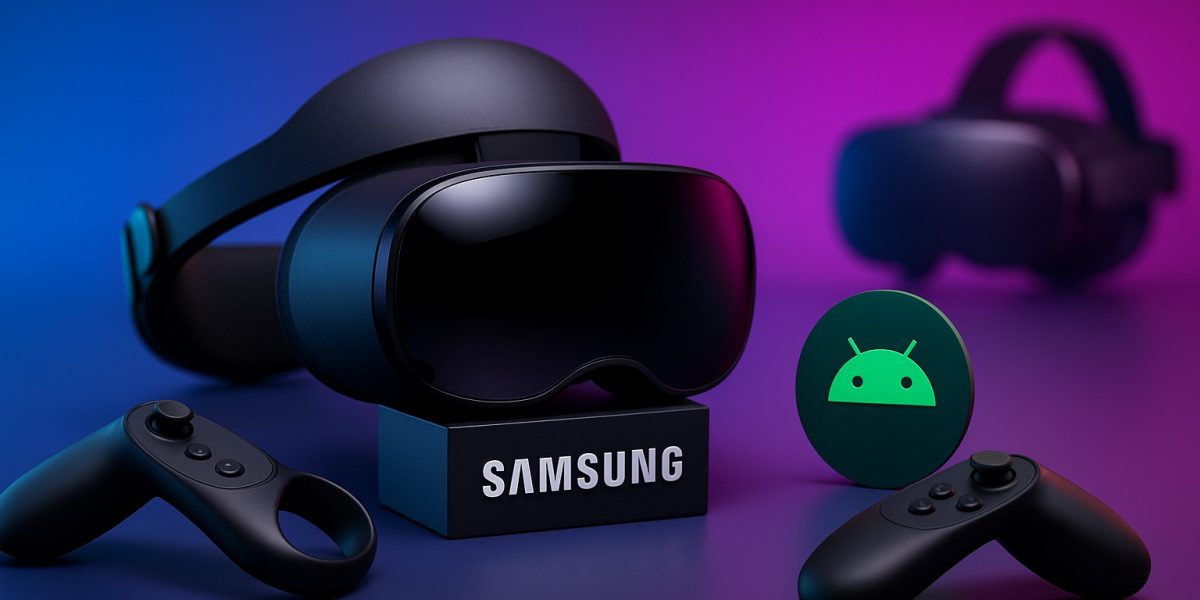
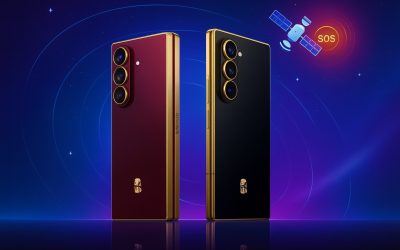

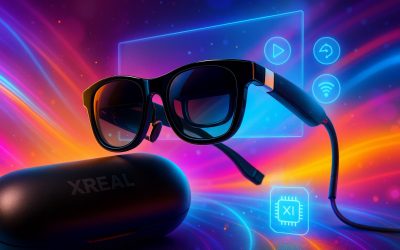
Post a comment